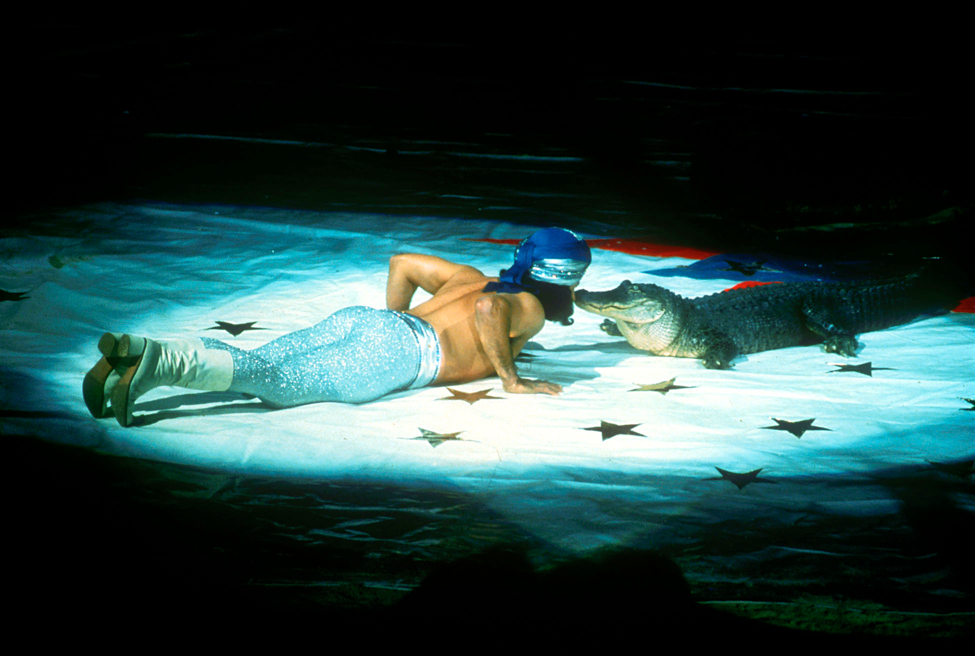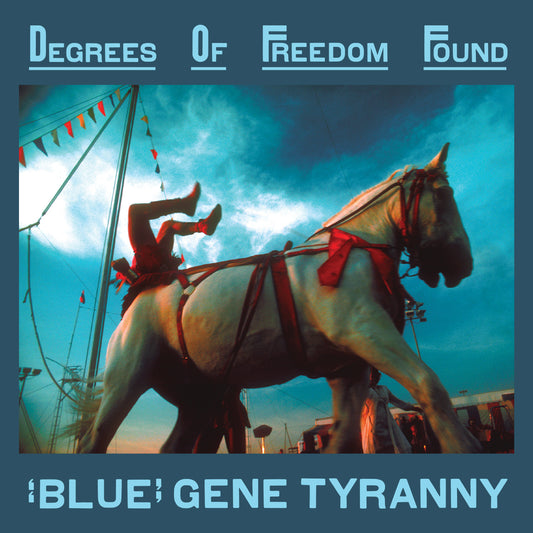13 Detours (2005)
Each of the brief harmonic discourses in 13 Detours begins at a pre-determined location and winds up at a totally unexpected place, the brief journey acting on impulse guided by mood. Each unique pathway is guided by the passing tonality of the fleeting moment without a logical map, which I hope isn’t necessary to appreciate the piece.
This piece is dedicated to recordist, film-maker, composer Phil Perkins, who led me into detours in my thinking during our early years in San Francisco.

George Fox Searches (2009)
This piece is dedicated to actor, teacher, singer Jeffrey Guyton who took me to my first Quaker meeting held in the Flushing Meeting House erected in 1694. I am not a believer in any doctrine, except maybe the Golden Rule ("Do unto others…"), but I have been inspired by the silent meditations and spontaneous spoken insights that have occurred at these meetings. This piece attempts to draw a parallel between Fox's soul searching and musical improvisation.
"Stand still in that which is pure, after you see yourselves; and then mercy comes in. "
George Fox (July 1624 – 13 January 1691) believed that an authentic spirituality could be achieved by listening to the wisdom of Jesus that is inherent in each of us if we explore deeply the consciousness within that can teach us. This process he called "opening".
In opposition to the dogmatism aligned with political (often cruel) oppression that characterized turbulent17th century England, people were inspired by his vision. The young, tall George Fox dressed in self-made leather clothing, and sporting unfashionable long hair, wandered about the towns, hills, and villages along the 160-mile road known as Watling Street gathering followers, some of whom were so moved in their meditations that they literally shook thus becoming known, derisively at first, as Quakers a name they later embraced. Fox's name for them was Children of the Light or Friends of the Truth. They spoke up for human rights, non-violent resistance, love, opposition to war, compassion for the poor, equal opportunities for women, and urged people to avoid the "ways of this world" such as doffing your hats to authority or paying tithes to ministers of the official government-backed church.
Fox took a grueling trip across the North Atlantic Ocean to America with a small party of men and women Quakers. He landed first in Barbados, followed by Jamaica, Cuba, and then the Eastern Seaboard of the English colonies beginning with Maryland and New Jersey. He spoke at meetings attended by the local Quakers as well as African slaves, indentured servants, and Native Americans (note: Quakers were among the first abolitionists in the 1800s).
This piece is not a narrative of specific events in Fox's life but simulates the feelings that he may have experienced along the way. For example, we hear quasi-random sounds that may remind one of the nervous system or the English practice of "change bell" ringing.
Some of the material used for this improvisation is based upon the song "How Can I Keep From Singing?" which has long been taken as a Quaker tune or simply a traditional seasonal melody sung at wintertime. In actuality the tune was written in 1860 by Robert Lowry, who was a Baptist minister, but one who regretted having to write hymn tunes preferring instead to preach sermons. The text of the song, nevertheless, reflects much of the Quaker spirit of freedom, compassion, and hope for an honest and just world.
My life flows on in endless song:
Above earth's lamentation,
I catch the sweet, though far-off hymn
That hails a new creation.
Through all the tumult and the strife
I hear the music ringing;
It finds an echo in my soul–
How can I keep from singing?
She Wore Red Shoes (2004)
We see a large mandala divided into twelve pie slices constructed upon the floor. Each slice represents an influence in her life. But now serenely and unstoppably, she is abandoning those desires and needs of the foundation of her previous life. In this mandala are stacks of newspapers, sacks of coffee beans scattered by the dancers, candy bars covered with foil shining like the floor of a golden palace, a pile of rubber snakes, etc. Her glamorous red shoes betray her sense of high fashion. At the climax of the dance she proceeds forward in a noble manner until removing herself out of the circle. Then the materials are strewn about wildly by the dancers and she gently abandons her shoes and her former life.
This music is from the dance Deal by dancer, choreographer Stefa Zawerucha, with lighting illusions by set and lighting designer David Fritz, and is dedicated to them.

Intuition (Tape 1987, Piano 2010)
Imagine the universe as a work-in-progress and where it's headed no one can tell. When it reaches its "omega point", a state of perfection following disasters and harvests, all that has died is alive again.
Now imagine a universe that continues and changes forever. In this universe you have not been "born" and you do not "die".
Where no concept exists to choose between these cosmological images we may rely on intuition. You can intuit answers to questions or choices that are not possible through systematic analysis. (For example, does running water on Mars indicate current or past life? I would love to live long enough to hear the answer to that.) You can also intuit a feeling concerning something you have never thought about before. (For example, there's a vicious military industrial complex picking my pocket to feed its war machine, nevertheless, I am going to be hopeful and work with those trying to save the planet.) Involuntary, spontaneous, and often kind, intuition is a feeling/thought (Buckminster Fuller) that occurs at the oddest moments, awake or sleeping, and beyond human intention.
This piece is dedicated to philosopher Andrew Aldrich who I haven’t seen in years but whose thoughts return to my mind often.
– "Blue" Gene Tyranny, transcribed by Sime Viduka
All photographs © Phil Makanna


![[product title] - unseen worlds](http://unseenworlds.com/cdn/shop/products/0008256399_10_1500x.jpg?v=1566322846)
![[product title] - unseen worlds](http://unseenworlds.com/cdn/shop/products/UW07CoverHiRes_1500x.jpg?v=1566370077)
![[product title] - unseen worlds](http://unseenworlds.com/cdn/shop/products/0008256399_10_1445x.jpg?v=1566322846)
![[product title] - unseen worlds](http://unseenworlds.com/cdn/shop/products/UW07CoverHiRes_1445x.jpg?v=1566370077)
![[product title] - unseen worlds](http://unseenworlds.com/cdn/shop/products/0008256396_10_1445x.jpg?v=1566322846)
![[product title] - unseen worlds](http://unseenworlds.com/cdn/shop/products/compUW24LP-Hi-Res-2_533x.jpg?v=1566370078)
![[product title] - unseen worlds](http://unseenworlds.com/cdn/shop/products/UW18_Hi_Res_533x.jpg?v=1566320538)
